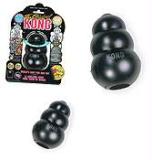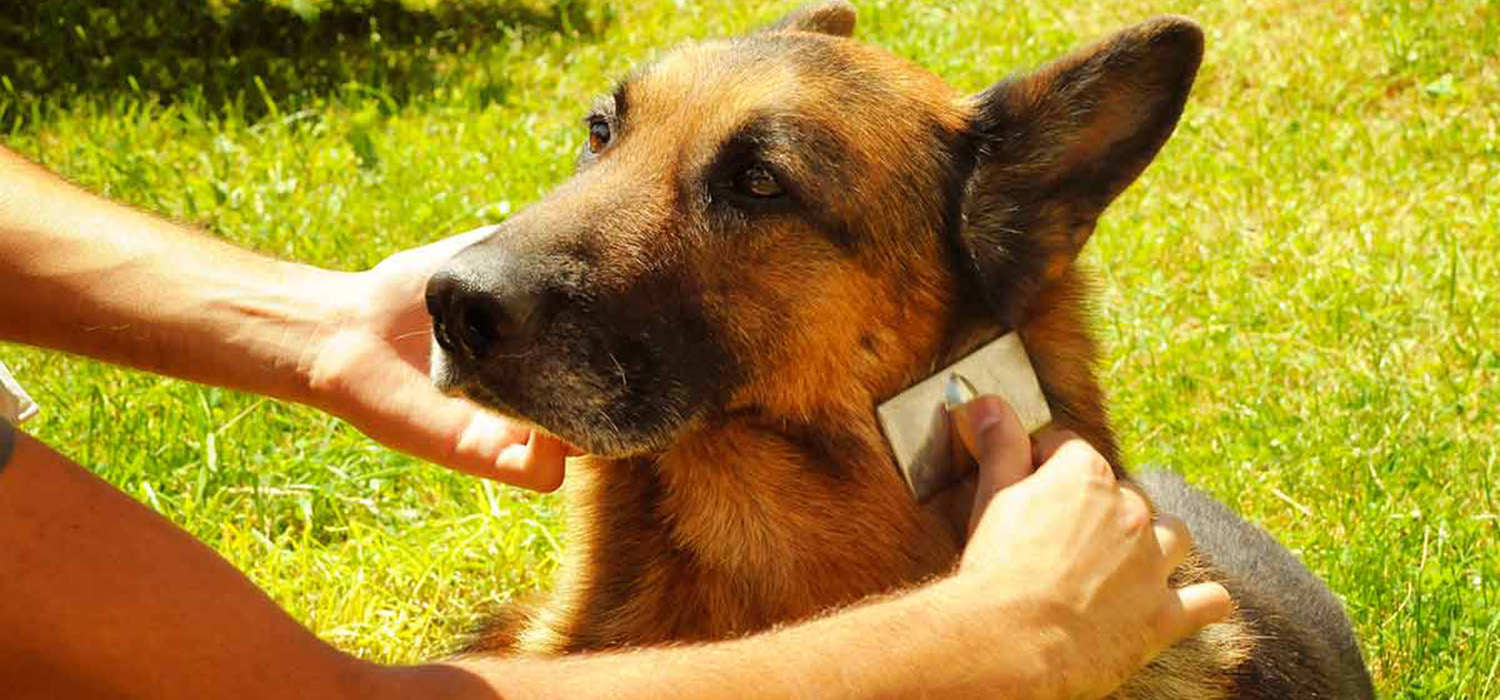 This page is under reconstruction.
This page is under reconstruction. Chew Toys
Chew Toys
A great game for your young pup is to have a few kong toys stuffed with moistened kibble and after having been in the freezer place them around the garden. The puppy will have a great time searching for them and subsequently be occupied by licking the kibble out. It may be necessary to show the puppy initially that you are placing them around the garden so he is aware to search for them.If you are crate training, a chew toy stuffed with food will help the puppy calm and settle in this special area and he will soon learn that it is a place to relax and sleep. Squeaky Toys
There is such a huge range of squeaky dog toys available these days in all shapes and sizes. They come in plastic or soft material. Squeaky toys can be very useful for the older dog, especially the ones. Squeaky toys can be used in training if your dog is not motivated by food. Use a squeaky toy to free a dog off after a great training session. You can squeak the toy to get the dog’s attention instead of saying the dog’s name. Some dogs just love the squeaky sound these toys make and will keep playing with these for ages.
It is not recommended to give your very young pup squeaky toys. Teach your pup to chew on the chew toys as mentioned above. Puppies (and some older dogs too) can tend to chew or rip these squeaky toys up in a very short space of time and you will need to be careful they don’t swallow the parts inside the toy as they may do some internal damage. I had a golden retriever who would tear soft toys up in minutes and this continued even into her elderly years. If you do have a dog which just likes to rip these apart it might be best to consider another sort of toy such as a kong chew toy, rope toy or hard nylabone chews.
Retrieve Toys
One of the best dog toys you can have on hand are fetch and retrieve toys – tennis balls, frisbees, etc. This not only a great activity for him/her but it will keep him/her well exercised. If you are not able to walk your dog sometimes then this type of fetch and retriever play will be just as good exercise for your dog.
A good tip is that if you are training your dog to fetch a particular item, eg. dumbbell for obedience trials, then don’t leave this toy lying around. This toy is not his/hers – it is yours and only comes out when you are doing some training practice. It is always good to have toys that he/she only has access to when you say so.
Really there is just so much choice for dog toys available these days and at very reasonable prices. You might like to check out some of our recommended sites for a wide variety of dog toys for your dog or young puppy.
Environmental Enrichment
This is a process whereby you can create a stimulating environment for your dog. It can be anywhere from a simple digging area which allows the puppy a space in the yard where it is ok for him to dig to his heart’s content or perhaps a little swimming pool which he can walk or lie in during the hot months to cool down to an agility type course with tunnels to run through, toys strung up so the dog can swing them with his nose or pull them with his teeth. By creating an environmentally enriched area full of fun things to do will go a long way to preventing boredom which will result in unwanted behaviours such as barking, digging where he shouldn’t and destroying plants, reticulation, just to name a few.

